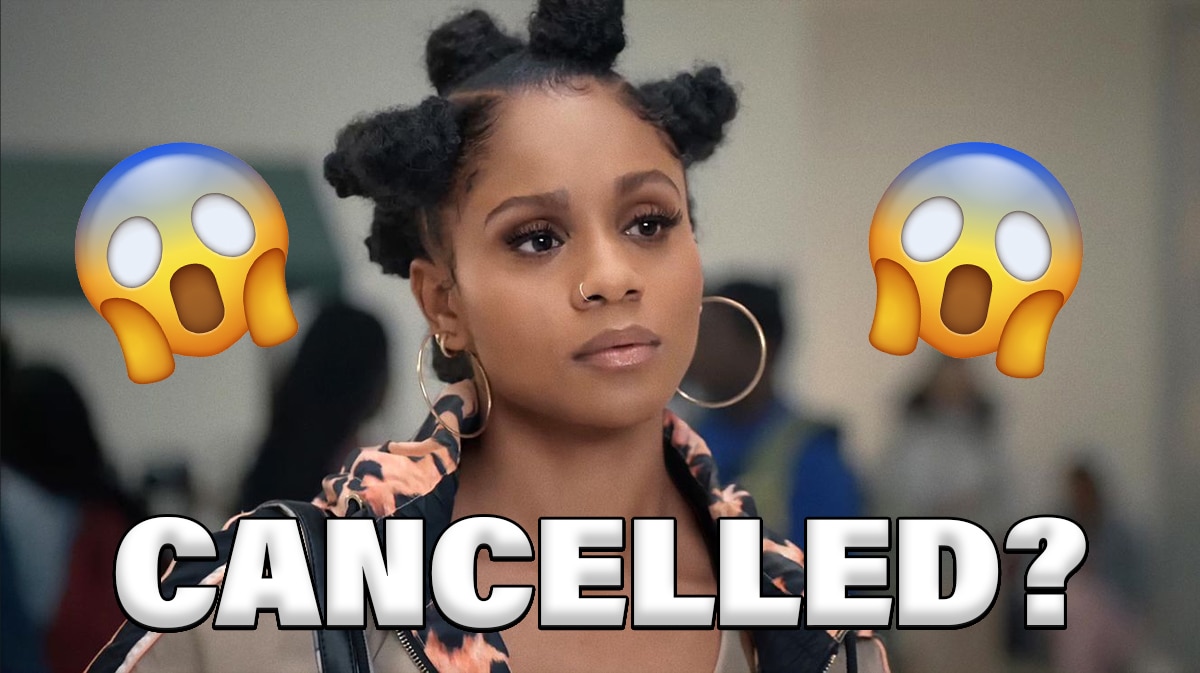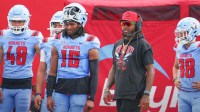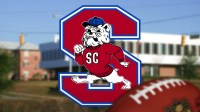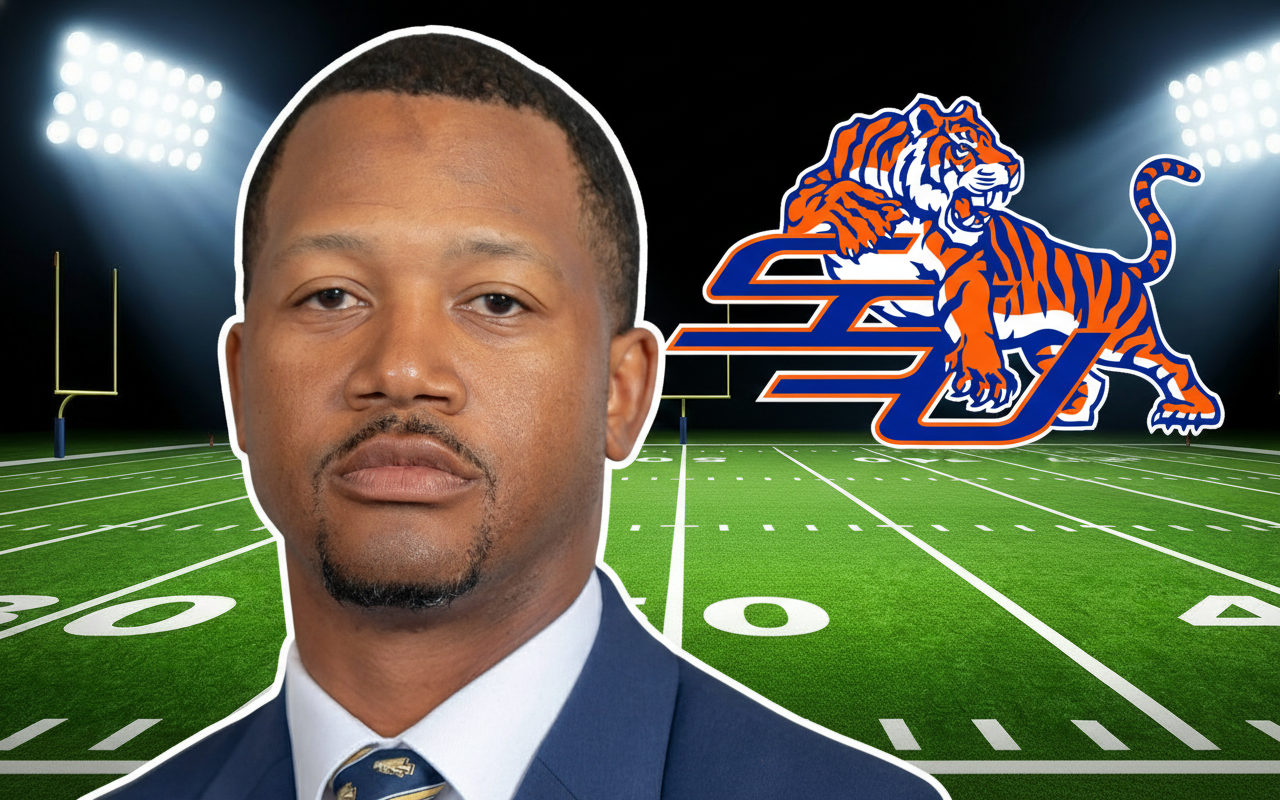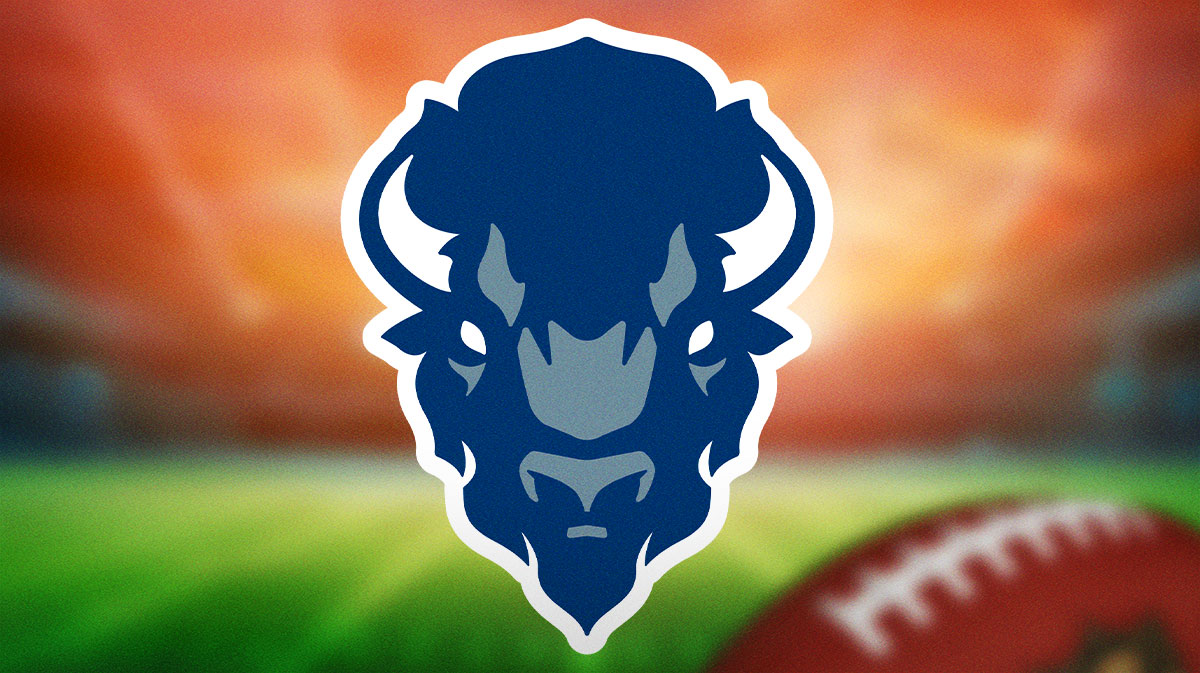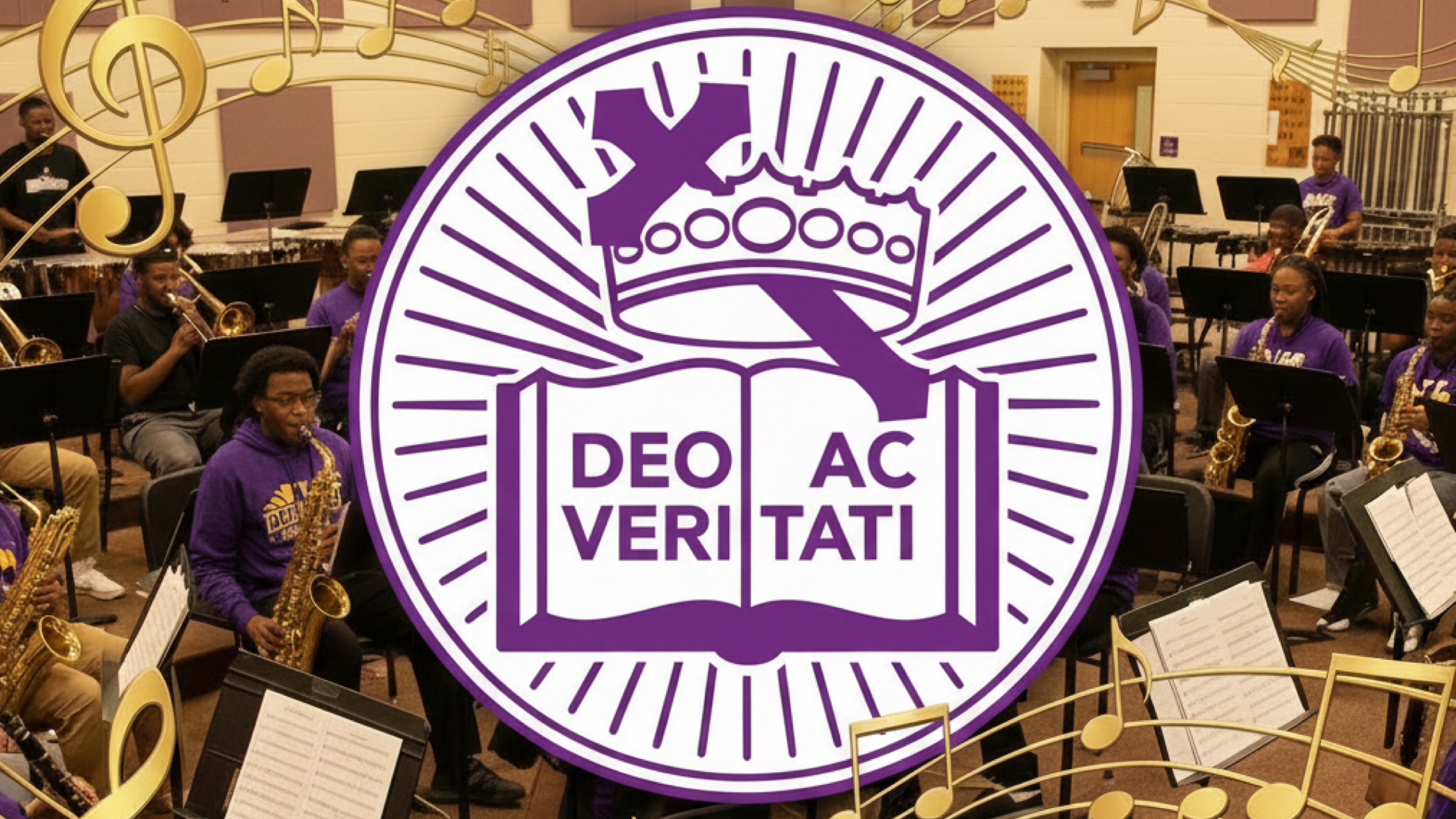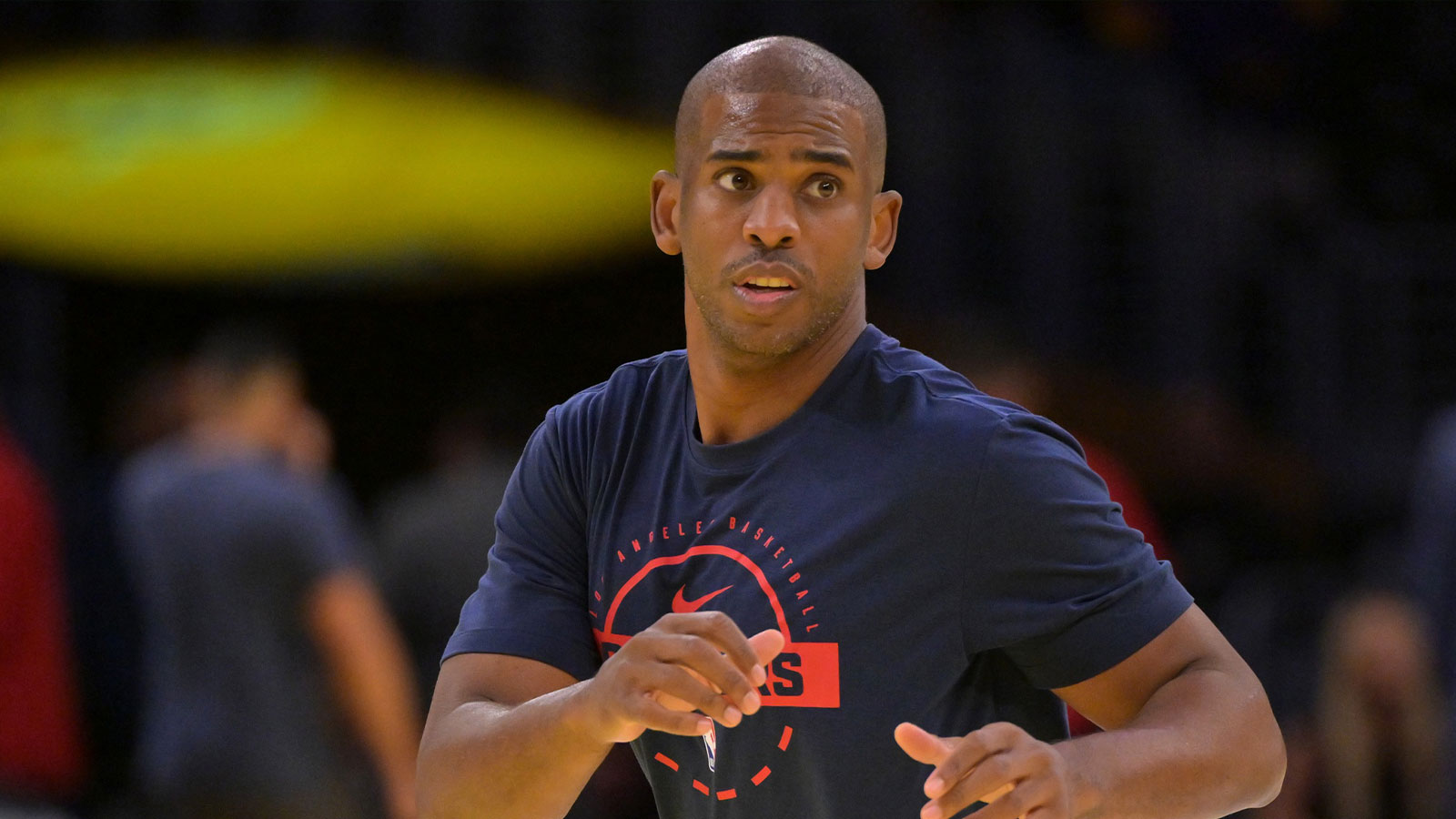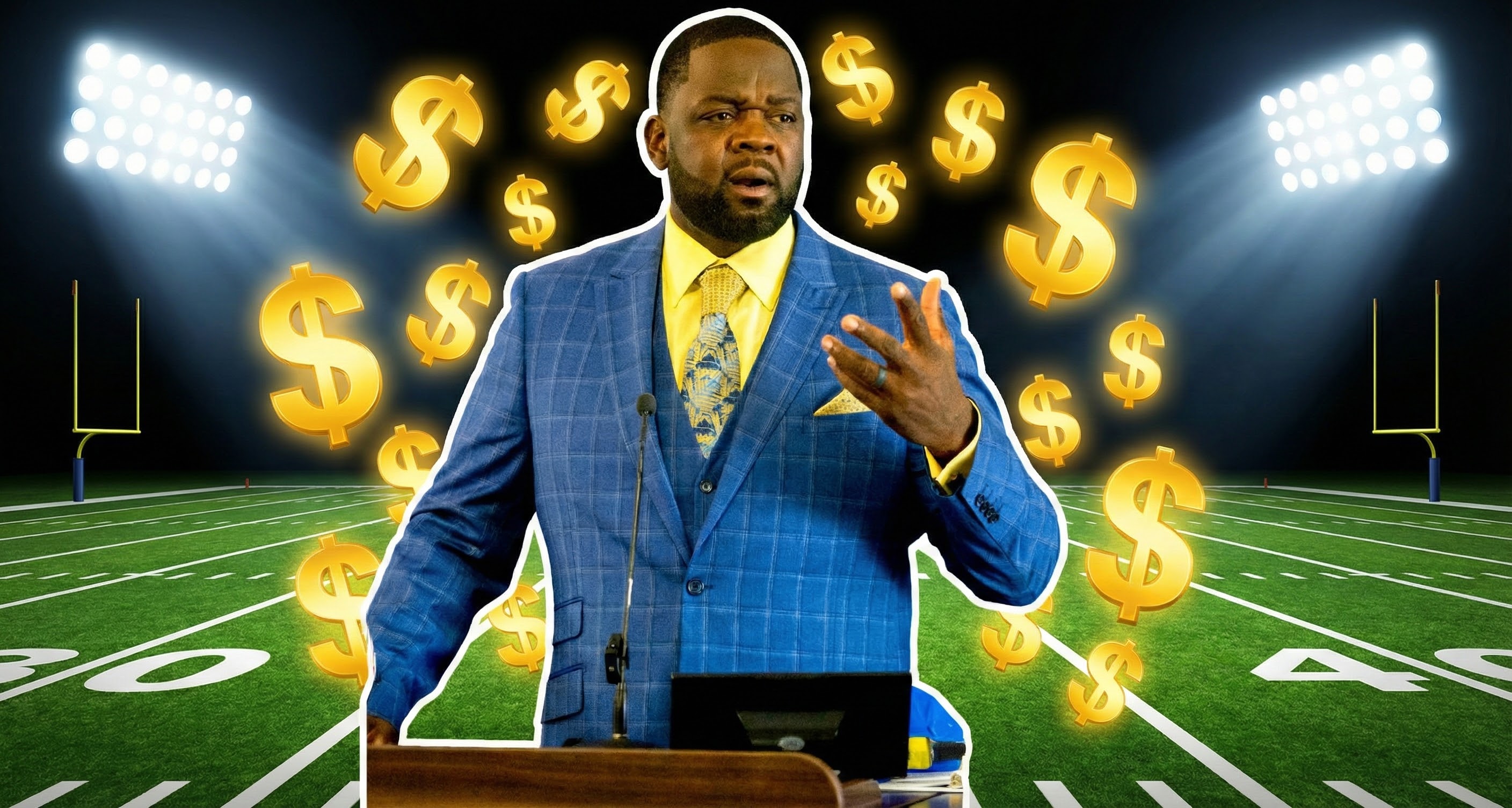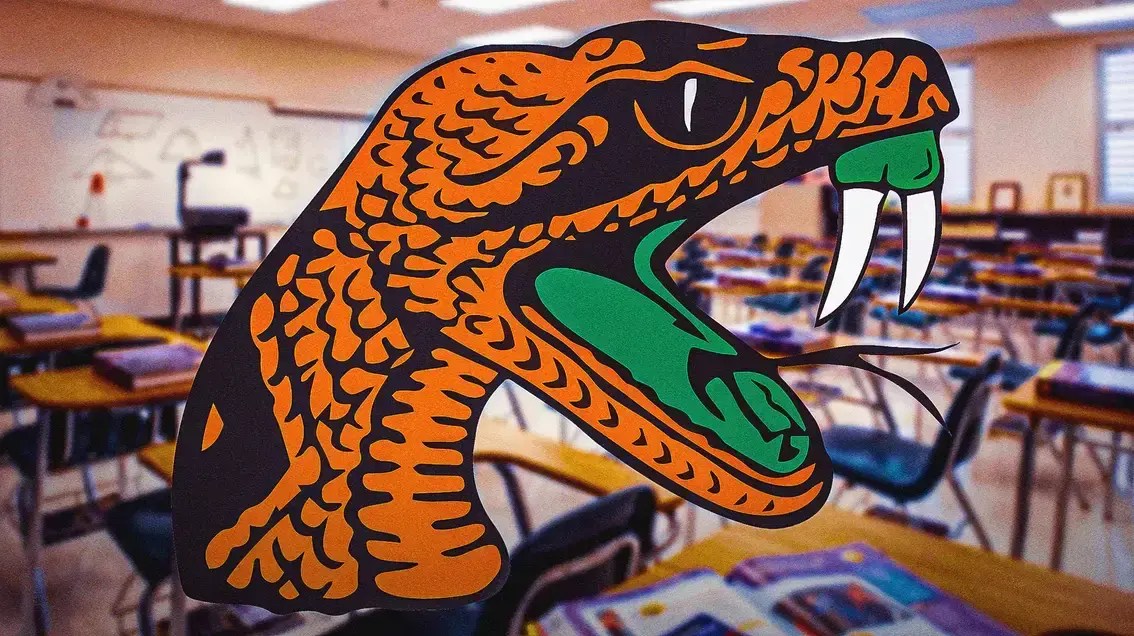When “All American: Homecoming” was canceled, I honestly didn't feel much. I watched the show when it first aired and enjoyed it. It's rare to see an HBCU narrative on TV, and the last one we had was BET's “The Quad”. However, due to other interests and commitments, especially on Monday nights when the show typically aired, I eventually stopped watching it at the start of season 2.
We announced that season three of “All American: Homecoming” would be the show's final season due to its cancellation, on HBCU Pulse's Instagram. The overwhelming support and shock from the HBCU community deeply moved me. I immediately vowed to start back watching the show to experience the ending of the show as it aired on the CW.
I watched the show from season one through the end of season two. I fully understand why fans who have followed it since its premiere in February 2022 are upset about tonight's Season 3 debut being the last. I also understand why the broader HBCU community is perturbed as yet another show highlighting our diverse experiences didn't get a fair chance to flourish.
It seems to be a trend among HBCU shows not to fully develop a genuine franchise or platform that truly showcases the HBCU experience. We miss out on the drama, storylines, and intrigue that define HBCU life. However, “All American: Homecoming” stands out. Among all the shows, movies, and media about HBCU life, this series authentically depicts the vibrant social experiences and antics of students.
At the same time, it addresses the real issues faced by students, faculty, and alumni, offering a well-rounded and celebratory view of the HBCU experience. In my view, the only peer media projects comparable to All American: Homecoming are A Different World and The Quad. All three shows dynamically highlight various aspects of the HBCU experience.
While the show often revolves around the relationship dynamics between Simone Hicks and Damon Sims and how their friends such as Nate, Keisha, JR, Lando, Cam, and Thea intersect within their story, the show does an amazing job making Bringston Univeristy more than just a setting in a TV show. The culture of HBCUs are interwoven into the show in ways that are rarely seen from movies and TV shows built around the HBCU experience.
This might be the first time I've seen a fictional HBCU show that accurately reflects the influence of the Student Government Association (SGA) on campus. Having watched nearly every modern media portrayal of HBCU life, it's rare to see any focus on SGA. However, in season two of “All American: Homecoming,” we witness the SGA president being integrated into the storyline. The show even features SGA elections, with Nate running against her ex-boyfriend, Nico Logan, for the position of SGA President.
The show highlighted the significance of the SGA President on campus, illustrating how various student groups, much like in real life, vote based on their interests rather than just popularity. I found this portrayal amazing and believe it’s an underrated aspect of season 2. This could potentially inspire younger viewers to pursue student leadership positions at their own institutions.
While I would have liked the show to also spotlight campus royalty, such as Mister and Miss Bringston University (a role that a university the size and scale of Bringston would certainly have), incorporating SGA life into the storyline was crucial. It provided a valuable perspective on HBCU life beyond athletics, Greek life, and relationships.
Throughout the series, we also see real-life issues touched on that are apparent in HBCU life. Mental health is addressed in a real way that could prove to be healing to viewers going through the same things that characters such as Keisha, Damon, and Thea. We saw the show tackle the bomb threats that were lobbied against various HBCUs around the nation in 2022 and the real anxiety of the students wondering what would happen next and if they were in imminent danger.
The episode titled “We Shall Not Be Moved” showcased the show at its finest. It tackled a real-world issue without being preachy, all while maintaining an element of fun. Additionally, the characters continued to evolve within their storylines amidst the unfolding events, with Cam grappling with the aftermath in subsequent episodes.
Converging real-life experiences into portions of the show wasn't a one-time occurrence. We routinely see the experience of a talented athlete such as Damon attending Bringston and him being questioned about why he chose an HBCU over a predominately white institution. We witness the real-life struggles of university politics through Dr. Amara Patterson’s journey. In season 1, she navigates the challenge of preventing Bringston from merging with a neighboring PWI. By season 2, she steps into the role of president, facing potential conflicts of interest and introducing a new leadership style to a campus that is accustomed to the old ways.
Then, we see another amazing storyline that reflects real life when the Bringston women's tennis bus is stopped by police officers and they do an invasive search of the bus. The storyline reflects what occurred with Delaware State's women's lacrosse team that was pulled over in Georgia in 2022. Seeing these experiences reflected was important and helped in facilitating needed conversations.
It seems that black college media projects don’t get the chance to grow, especially HBCU TV products. They often don’t have the opportunity to build an audience and truly find their voice before being taken off the air. This doesn’t mean they lack viewers; shows like “The Quad” and “All American Homecoming” certainly attract viewers, particularly younger ones, en masse. Social media platforms like Twitter and TikTok are buzzing with discussions about the storylines. Reviewers have found their niche, recapping and critiquing the show for their audiences.
However, there seems to be a lack of genuine effort to engage these easily reachable audiences, most of whom are college students themselves and form a large part of the All American: Homecoming fandom. Although the show's promotional efforts were commendable, with the cast visiting various HBCUs, there remains untapped potential. Given the accessibility of this viewership base—both physically and through social media—and the absence of comparable shows on television or streaming platforms, why not seize the opportunity to connect more effectively?
I believe that media has the potential to serve as a promotional tool for our institutions, showcasing what we have to offer to the world. It's unfortunate that when we have such a show, we don't get the chance to fully capitalize on it. We miss the opportunity to build a fan base or a following. This prevents people from truly engaging with the HBCU experience in a meaningful way that they might not have any other way on a daily basis.
I am uncertain about what the future holds for “All American: Homecoming.” Hopefully, it will be renewed somewhere. We have seen shows like “The Game,” “All Rise,” and “Designated Survivor” find a second life on other platforms. Who knows what the future holds for a potential fourth season?
But, we should all enjoy this final journey at Bringston University. We await to see who Simone picks and how the writers wrap up one of the defining HBCU shows of a generation. And, hopefully, we won't have to wait too long for the next depiction of HBCU life and culture to grace our screens in the future.
All American: Homecoming airs Mondays at 9 PM EST/8 PM CST on The CW.

